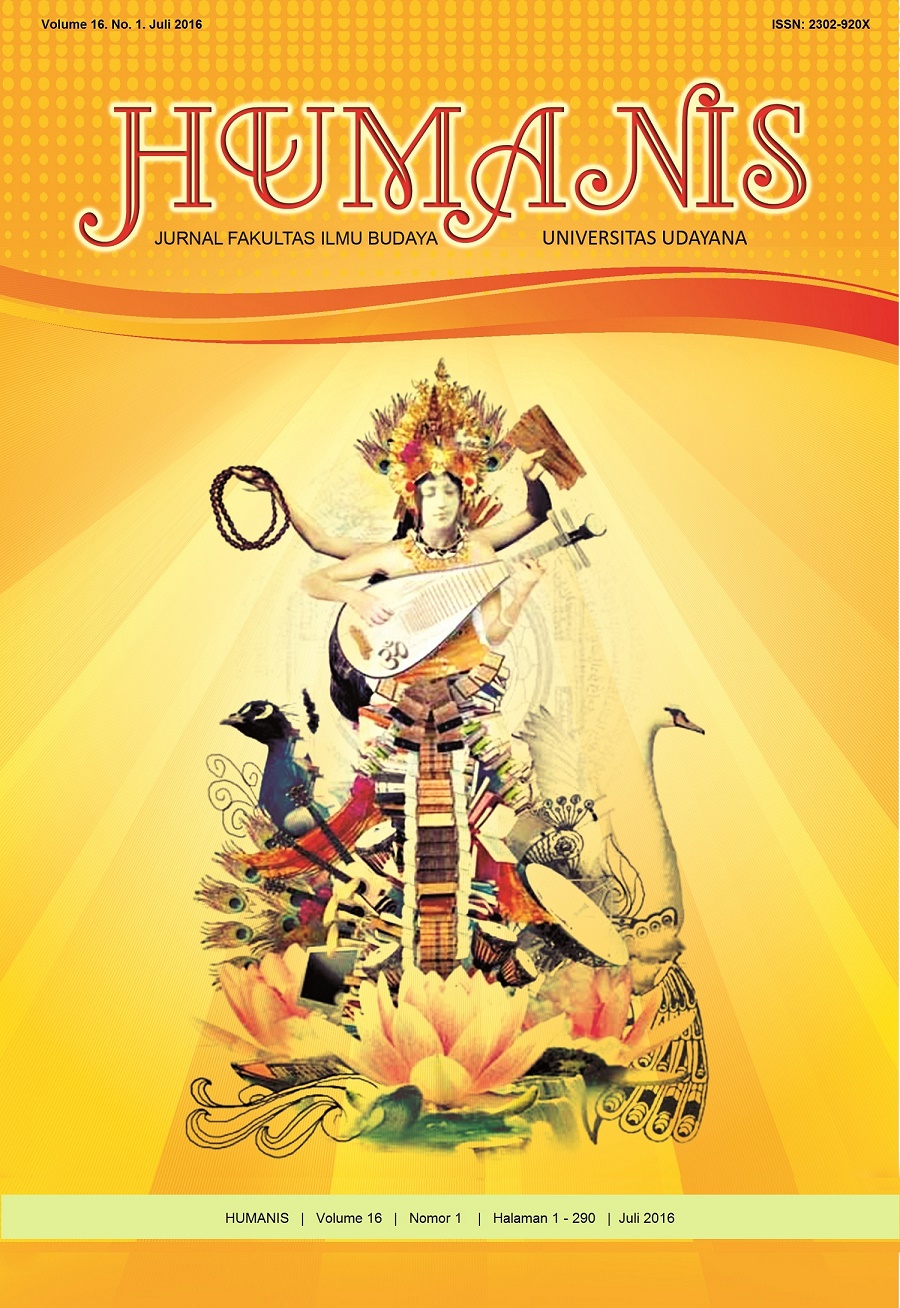Prasasti Bengkala Sebuah Kajian Epigrafi
Abstract
Bengkala Inscription is one of the inscriptions which is located in Pekraman Village of Bengkala, Kubutambahan District, Buleleng Regency. The inscription was issued in 1103 Saka (1181 AD) by Paduka Haji Jayapangus Arkajacihna, one of the Ancient Balinese King, and his two empress, namely Parameswari Indujaketana and Mahadewi Sasangkajacihna. This research aims to understand various aspects of Bengkala Inscription, such as its language and its social instituition described there. Data were collected from observation and literature study. The data were analyzed using morphology and qualitative analysis, and various theories, such as structuralism, structural functionalism, and bureaucracy theory. Based on the analysis of palaeography and language aspects, Bengkala inscription used Ancient Javanese letter and Ancient Javanese language for most of its content, similar to other inscriptions issued between 11th-12th Century.
The spelling of Bengkala Inscription were used commonly in the previous period. The type of affixation used in the inscription are para-, pari-, pa-, a-/ma-, ka-, di-, sa (prefix), -in-, -um- (infix), -an, --an, -?n, -nya (suffix), pa- + -an, ma- + -an, ka- + -an, pa- + -nya (circumfix). In the social institution mentioned in Bengkala inscription, there was government bureaucracy institution and the highest of its hierarchy owned by king. Economy institution in Bengkala inscription could be seen through the mentions of market trade system and the existence of tax levy and tax relief. Regarding to religion institution, there were two religions, developed in the past period, namely Siwa and Buddha, which could be seen through the mentions of their religious title.


















